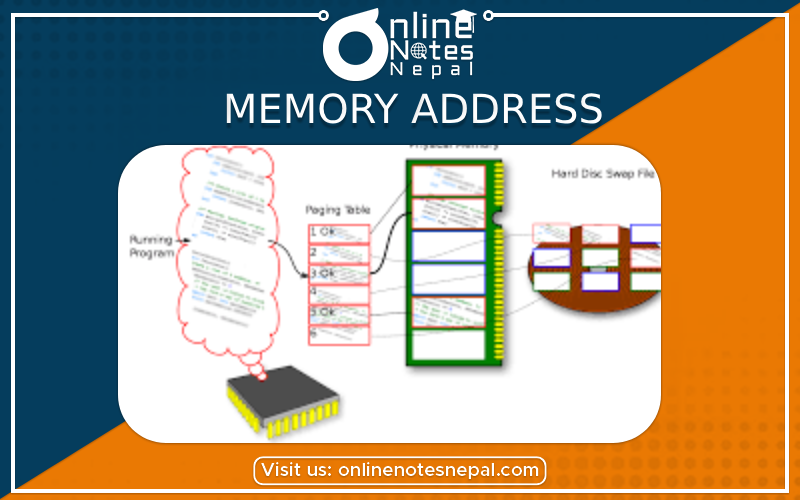Published by: Zaya
Published date: 22 Jun 2021

A logical address is generated by the CPU while a program is running. The logical address is a virtual address as it does not exist physically, therefore, it is also known as a Virtual Address. This address is used as a reference to access the physical memory location by CPU. The term Logical Address Space is used for the set of all logical addresses generated from a program’s perspective.
The hardware device called Memory-Management Unit is used for mapping logical addresses to their corresponding physical address.
Physical Address identifies a physical location of required data in memory. The user never directly deals with the physical address but can access it by its corresponding logical address. The user program generates the logical address and thinks that the program is running in this logical address but the program needs physical memory for its execution, therefore, the logical address must be mapped to the physical address by MMU before they are used. The term Physical Address Space is used for all physical addresses corresponding to the logical addresses in a logical address space.

| PARAMETER | LOGICAL ADDRESS | PHYSICAL ADDRESS |
|---|---|---|
| Basic | generated by CPU | location in a memory unit |
| Address Space | Logical Address Space is a set of all logical addresses generated by the CPU in reference to a program. | Physical Address is a set of all physical addresses mapped to the corresponding logical addresses. |
| Visibility | Users can view the logical address of a program. | Users can never view the physical address of the program. |
| Generation | generated by the CPU | Computed by MMU |
| Access | The user can use the logical address to access the physical address. | The user can indirectly access physical address but not directly. |
Logical memory enables the user to use a large amount of memory to store data. It defines ways to organize the physical memory such as RAM and cache. This enables the Operating System to arrange memory in a logical manner such as assigning a logical address.
Physical memory refers to the actual RAM of the system, which usually takes the form of cards attached onto the motherboard. Also called primary memory, it is the only storage type directly accessibly to the CPU and holds the instructions of programs to execute. Physical memory is linearly addressable; memory addresses increase in a linear fashion and each byte is directly addressable.